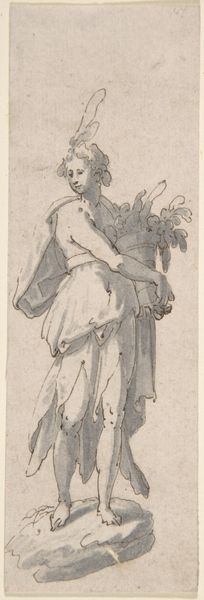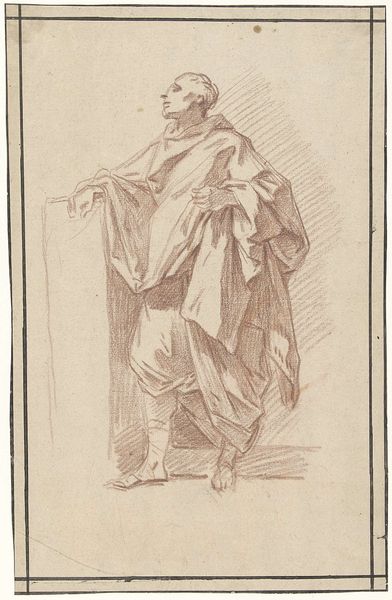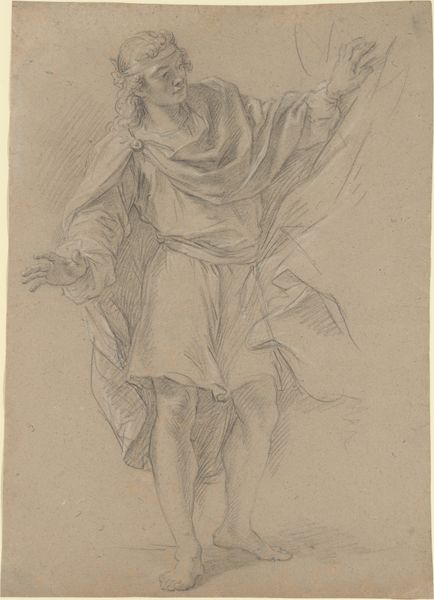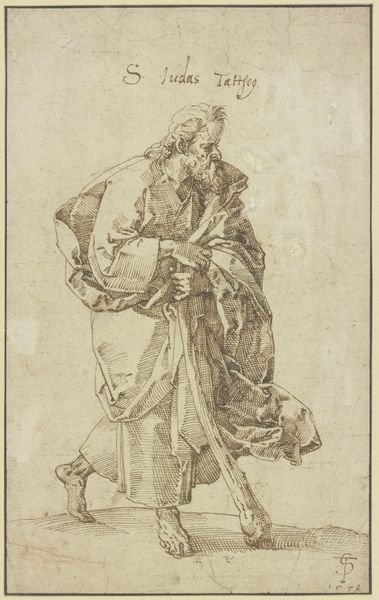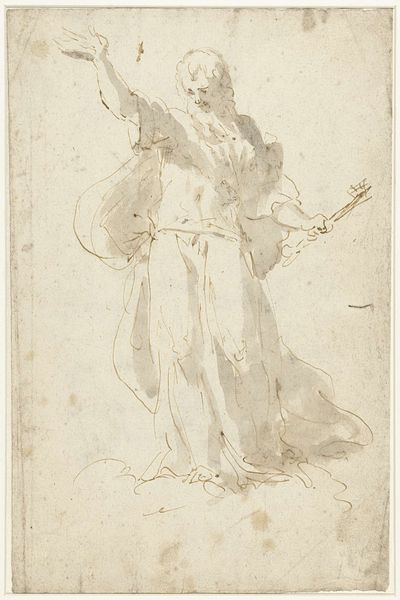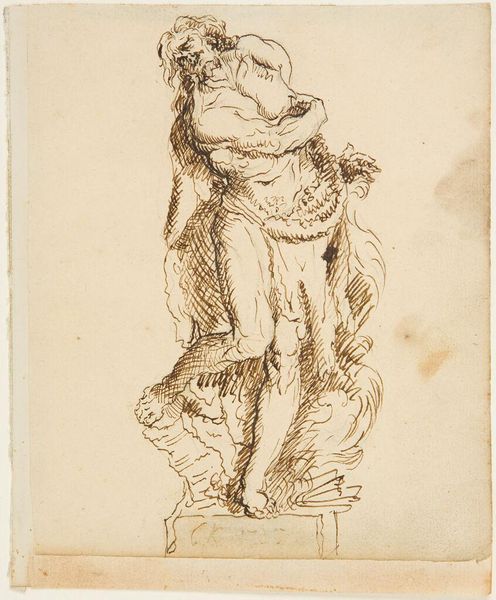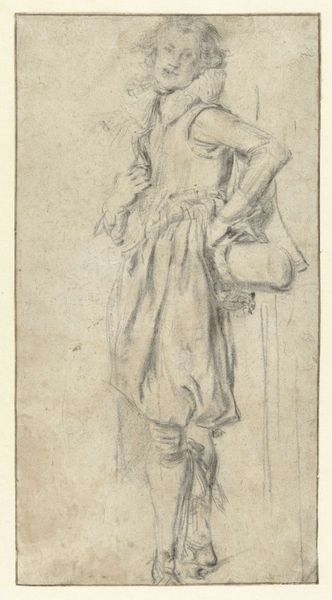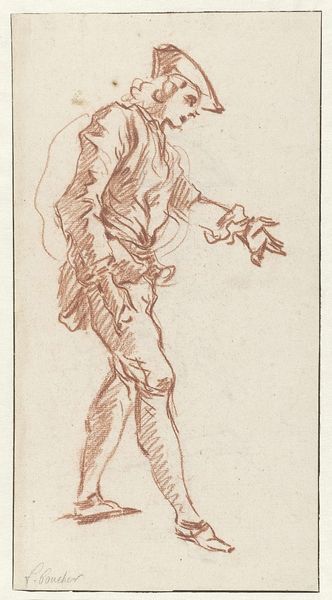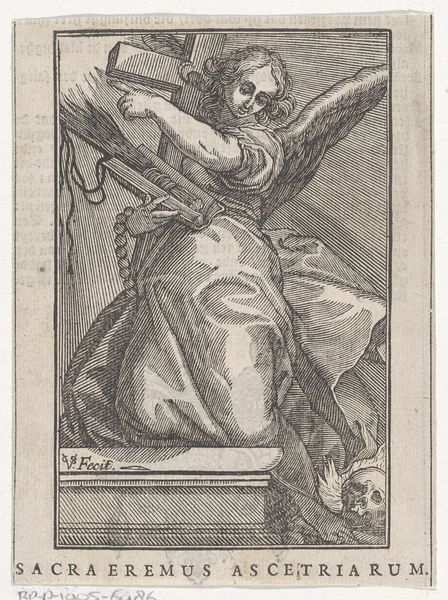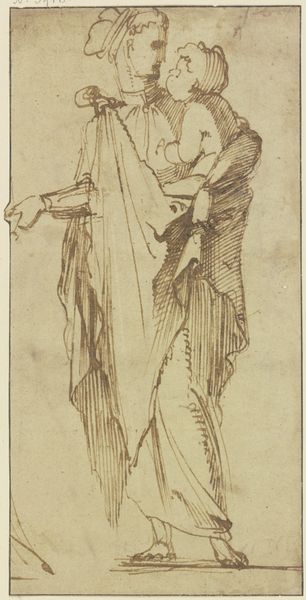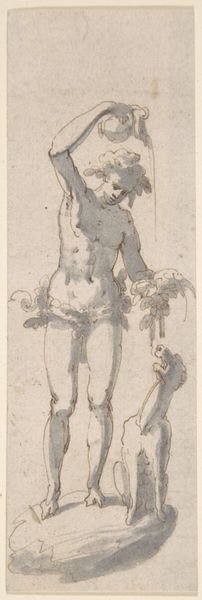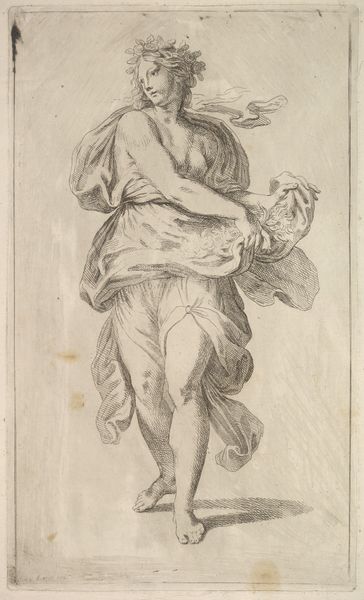![['Mascarille sitting', 'Design for the illustration of "Les Précieuses Ridicules\'\' from the 1734 edition of Molière\'s works (vol. I, p. 247)'] by Francois Boucher](/_next/image?url=https%3A%2F%2Fd2w8kbdekdi1gv.cloudfront.net%2FeyJidWNrZXQiOiAiYXJ0ZXJhLWltYWdlcy1idWNrZXQiLCAia2V5IjogImFydHdvcmtzL2RmNWQ1Y2JiLTZlNjMtNGMwMy1hODFiLTRiYWZiZjYzM2EyMS9kZjVkNWNiYi02ZTYzLTRjMDMtYTgxYi00YmFmYmY2MzNhMjFfZnVsbC5qcGciLCAiZWRpdHMiOiB7InJlc2l6ZSI6IHsid2lkdGgiOiAxOTIwLCAiaGVpZ2h0IjogMTkyMCwgImZpdCI6ICJpbnNpZGUifX19&w=3840&q=75)
['Mascarille sitting', 'Design for the illustration of "Les Précieuses Ridicules\'\' from the 1734 edition of Molière\'s works (vol. I, p. 247)'] 1713 - 1734
0:00
0:00
francoisboucher
Rijksmuseum
drawing, pencil
#
portrait
#
drawing
#
toned paper
#
light pencil work
#
baroque
#
pencil sketch
#
figuration
#
personal sketchbook
#
ink drawing experimentation
#
pen-ink sketch
#
pencil
#
sketchbook drawing
#
pencil work
#
watercolour illustration
#
sketchbook art
Dimensions: height 255 mm, width 168 mm
Copyright: Rijks Museum: Open Domain
Curator: Here we have a drawing by François Boucher, likely created between 1713 and 1734. The title is "Mascarille sitting, Design for the illustration of 'Les Précieuses Ridicules' from the 1734 edition of Molière's works." Editor: My first impression is the immediacy of the piece. The line work is incredibly free and flowing. It has the character of an extemporaneous sketch, which lends to its lively feel. Curator: Indeed. The work was conceived for the 1734 illustrated edition of Molière’s play "Les Précieuses Ridicules," so it does make sense it was produced close to that year. Mascarille is a character in the play, a valet pretending to be a Marquis. It’s a social satire, skewering the affectations of the French aristocracy. Editor: It is such a lovely contrast of the aristocratic costume rendered in this seemingly informal pencil sketch. Note how the artist depicts the ruffles, ribbons and sash with the simplest of strokes. Curator: The clothing signifies wealth, status and self-importance which, in the play, is lampooned. It’s all part of the commentary on social climbing, very popular in French society and theater at the time. Boucher himself was very popular amongst wealthy collectors; in some ways, he and his patrons are implicated within the satirical sphere of the original play. Editor: Yes, the sketch provides the foundation to this idea, making the pretension more transparent to the modern viewer, due to its simple representation, but allowing viewers in the 18th century to view their peers within a familiar language. Beyond the social implications, the dynamism of line throughout creates an inherent movement. Curator: These preliminary studies show Boucher’s initial conception of characters and scenes which would later populate the published books. You're witnessing Boucher's social milieu depicted but also his work for hire in the flourishing publication markets. Editor: The rendering of the character in media, therefore, offers a distinct feel, as does the artist’s initial exploration. The line work alone contains as much, if not more, personality and vitality. Curator: A fascinating glimpse into 18th century social dynamics and the mechanics of book production, through a talented artist’s hand. Editor: And a marvelous opportunity to appreciate how initial conception can imbue the subject with character beyond its intended societal and illustrative function.
Comments
No comments
Be the first to comment and join the conversation on the ultimate creative platform.
